When you face cracks, distortion, or rework with traditional welding, frustration builds. Every failed joint means more cost and less trust from clients. You want a method that brings precision, speed, and clean results without repeated repairs.
Laser welding works on the principle of using a highly focused laser beam to melt metal locally, creating a deep, narrow, and clean weld with minimal heat-affected zones.
At Kirin Laser, I think of laser welding as using an ultra-focused light beam to melt a tiny spot of metal—absorbing energy like a heat laser scalpel—and then letting it solidify into a strong joint. This principle gives our partners precision and reliability across industries.
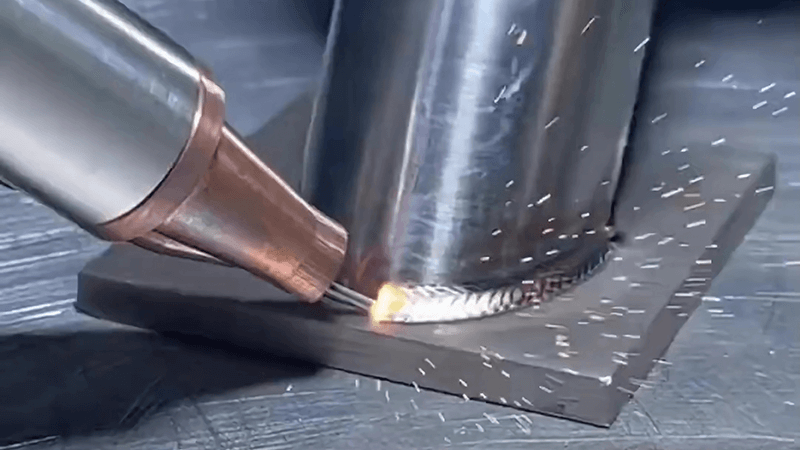
What is the main advantage of laser welding?
When you try to weld thin or sensitive materials with traditional methods, you often face warping, burns, or cracks. Your clients lose patience, and you lose trust. You need a process that combines speed with control.
The main advantage of laser welding is that it delivers deep, precise welds with minimal distortion and heat spread, making it ideal for thin materials and complex parts.
Where Advantage Becomes Real
One client used to complain about cracks from arc welding on thin stainless steel. Every repair cost him time and money. After switching to our laser welding machine, the beam gave him deep penetration without distortion. He delivered parts on time and cut rework in half. That is the real advantage.
Key Benefits
| Advantage | Why It Matters for Distributors | Impact for Clients |
|---|---|---|
| Minimal Heat Spread1 | Less distortion | Clean finish on thin metals |
| High Speed | More productivity | Faster order delivery |
| Deep Penetration2 | Handles complex applications | Strong and durable welds |
Going Deeper
Laser welding machines provide control over energy input that traditional welding cannot match. With adjustable parameters, distributors can serve industries like automotive, aerospace, or medical equipment. The precision of the process makes it possible to weld delicate or high-value components without risk. This advantage not only reduces waste but also increases profitability for both distributors and their clients.
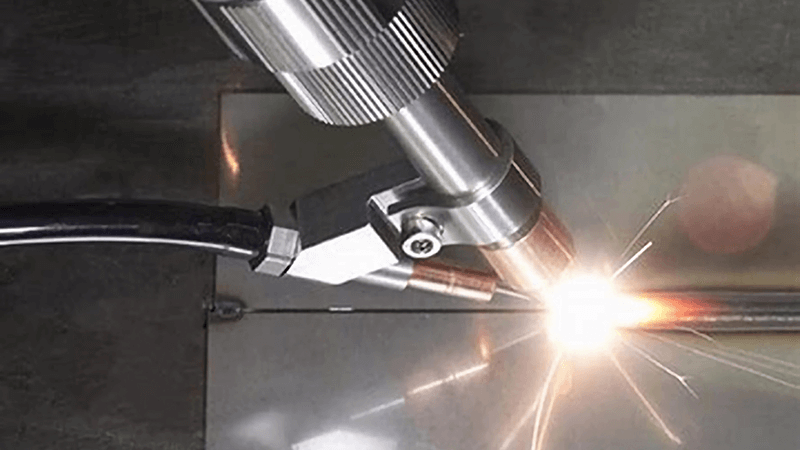
Does laser welding need gas?
When people hear “laser,” they imagine a beam working alone. Many believe shielding gas is optional. But without it, welds can oxidize, weaken, or look dirty. Distributors who ignore this lose client trust quickly.
Yes, laser welding requires shielding gas, typically argon or nitrogen, to protect the weld pool from oxidation and to ensure a strong, clean joint.
Real Story of Gas Use
I remember a distributor who ignored gas supply in early demos. Welds turned out dark, brittle, and full of pores. Once we introduced proper argon shielding3, the welds looked shiny and strong. That small detail changed the client’s perception and sealed the deal.
Laser Welding Gas Types and Functions
| Gas Type | Function in Welding | Industries Commonly Using It |
|---|---|---|
| Argon | Prevents oxidation, stable arc | Stainless steel, aerospace |
| Nitrogen | Improves hardness, reduces cost | Carbon steel, general use |
| Helium | Enhances penetration, high power | Electronics, medical devices |
Deeper Understanding
Gas plays a critical role in weld integrity4. Without shielding, molten metal reacts with oxygen and nitrogen in the air. This creates brittle welds and visible defects. For distributors, offering complete packages with integrated gas support means more trust. Clients want not only machines but also complete solutions that guarantee results. Gas use is part of that guarantee.
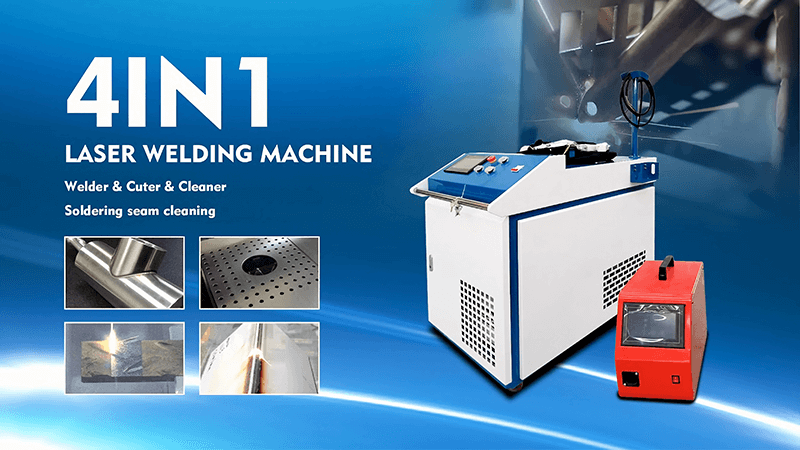
Which welding type is strongest?
When clients ask which welding type is strongest, they often mean which one gives the most durable, reliable joint. They want confidence that their products will not fail. But strength depends on context.
Laser welding is among the strongest methods for thin, high-precision applications, while deep-penetration arc or electron-beam welding can be stronger for thicker sections.
What I Learned From Clients
One aerospace partner used to combine methods—arc for structural parts and laser for precision joints. When he switched to full laser welding on titanium components, he discovered that strength5 was not only about raw toughness. It was about reliability without micro-cracks. Laser gave him both.
Comparison of Welding Types
| Welding Type | Relative Strength | Best Use Case |
|---|---|---|
| Laser Welding | Very strong | Thin, precise, high-value parts |
| MIG Welding | Strong | General fabrication, thicker steel |
| TIG Welding | Strong, precise | Stainless steel, aluminum |
| Electron Beam | Very strong | Aerospace, deep welds in thick metal |
Deeper Analysis
Strength is not a one-size measure. In thin materials, laser welding provides unmatched strength because it avoids cracks and distortions. In very thick plates, arc or electron-beam welding may provide more bulk strength. For distributors, the message is clear: offering laser welding6 means covering the largest demand segment—thin to medium materials that require precision and reliability. It positions you as a supplier of the future, not the past.
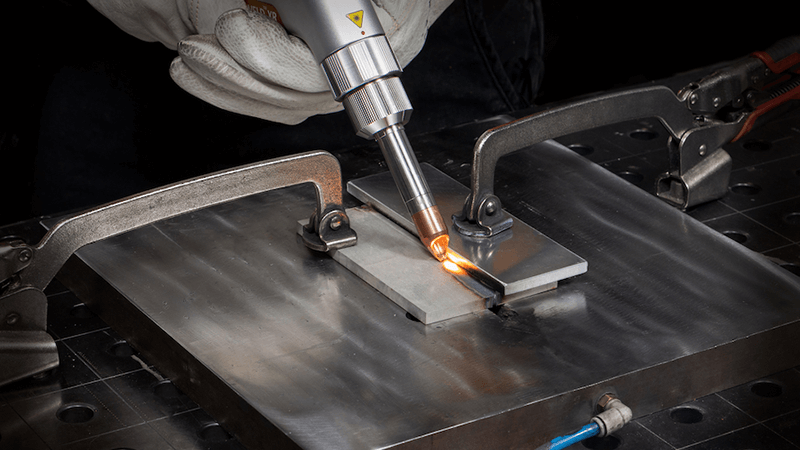
What are the four types of welding?
Clients often confuse different welding types, thinking all methods are similar. Without clear knowledge, they pick the wrong process, leading to wasted money and poor results.
The four main types of welding are MIG (Gas Metal Arc), TIG (Gas Tungsten Arc), Stick (Shielded Metal Arc), and Laser/Electron Beam welding, each suited for different applications.
Everyday Client Confusion
I once spoke to a buyer who believed TIG and laser welding7 were the same. After a quick demo, he saw the difference in speed, finish, and distortion. He realized that offering clients only arc-based methods limited his company’s growth. Adding laser welding gave him a wider market reach.
Welding Types Table
| Welding Type | Process Description | Common Applications |
|---|---|---|
| MIG Welding | Uses wire and shielding gas | Automotive, general fabrication |
| TIG Welding8 | Uses tungsten electrode and filler rod | Aerospace, stainless steel |
| Stick Welding | Uses flux-coated electrode | Construction, heavy steel |
| Laser/Electron Beam | Uses focused beam energy | Precision, medical, electronics |
Deeper Dive
Each welding type has its place, but the future leans toward precision and efficiency. MIG and Stick are widely used but create larger heat-affected zones and distortion. TIG offers precision but is slower. Laser welding combines precision with speed, making it a bridge between strength and productivity. For distributors, highlighting these differences means guiding clients toward modern solutions that cut costs and improve output.
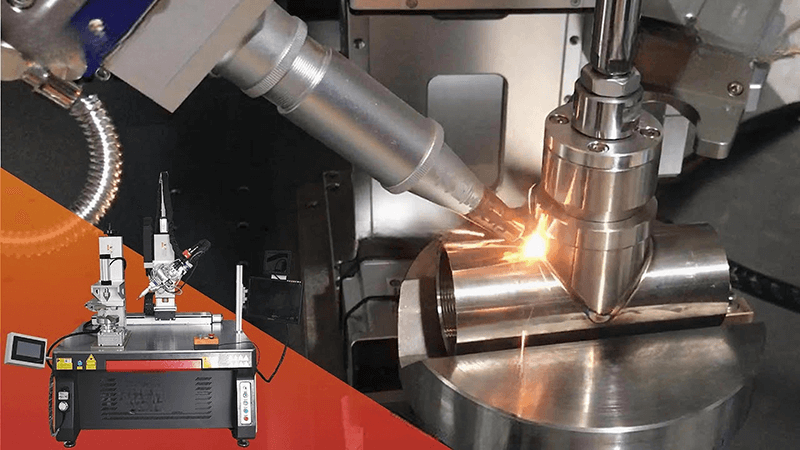
Conclusion
Laser welding9 works on a simple yet powerful principle: focused light melts and fuses metal with minimal heat spread. Its advantages—clean precision, low distortion, and strength—set it apart. With shielding gas and proper application, it outperforms traditional methods in many industries. At Kirin Laser, we provide not only machines but complete solutions, helping distributors win trust, expand markets, and deliver success to their clients.
-
Discover why minimal heat spread is vital for achieving clean finishes and reducing distortion in welding processes. ↩
-
Explore this link to understand how deep penetration enhances weld quality and durability, crucial for high-stakes industries. ↩
-
Explore this link to understand how argon shielding enhances weld quality and prevents defects, ensuring stronger and more reliable welds. ↩
-
Discover the importance of gas in maintaining weld integrity, which is crucial for producing durable and defect-free welds. ↩
-
Learn about the various ways strength is assessed in welding to make informed decisions for your projects. ↩
-
Explore the benefits of laser welding in aerospace to understand its precision and reliability for high-value components. ↩
-
Explore the advantages of laser welding to understand how it enhances precision and efficiency in various applications. ↩
-
Learn about TIG Welding's unique features and its critical role in industries like aerospace and stainless steel fabrication. ↩
-
Find the best laser welding machine and laser welding solutions from Kirin Laser, clicking this link to get all your needs for your business. ↩





